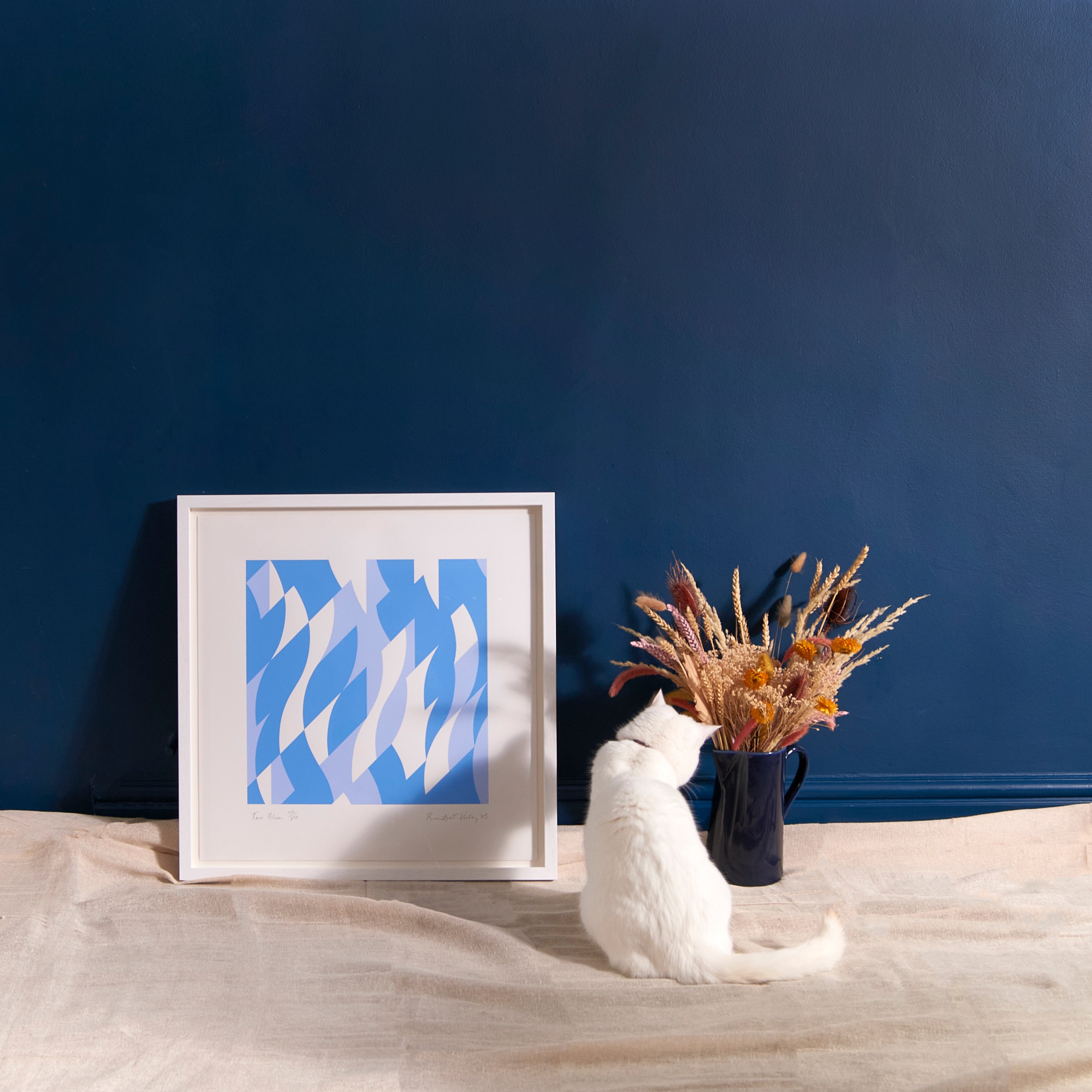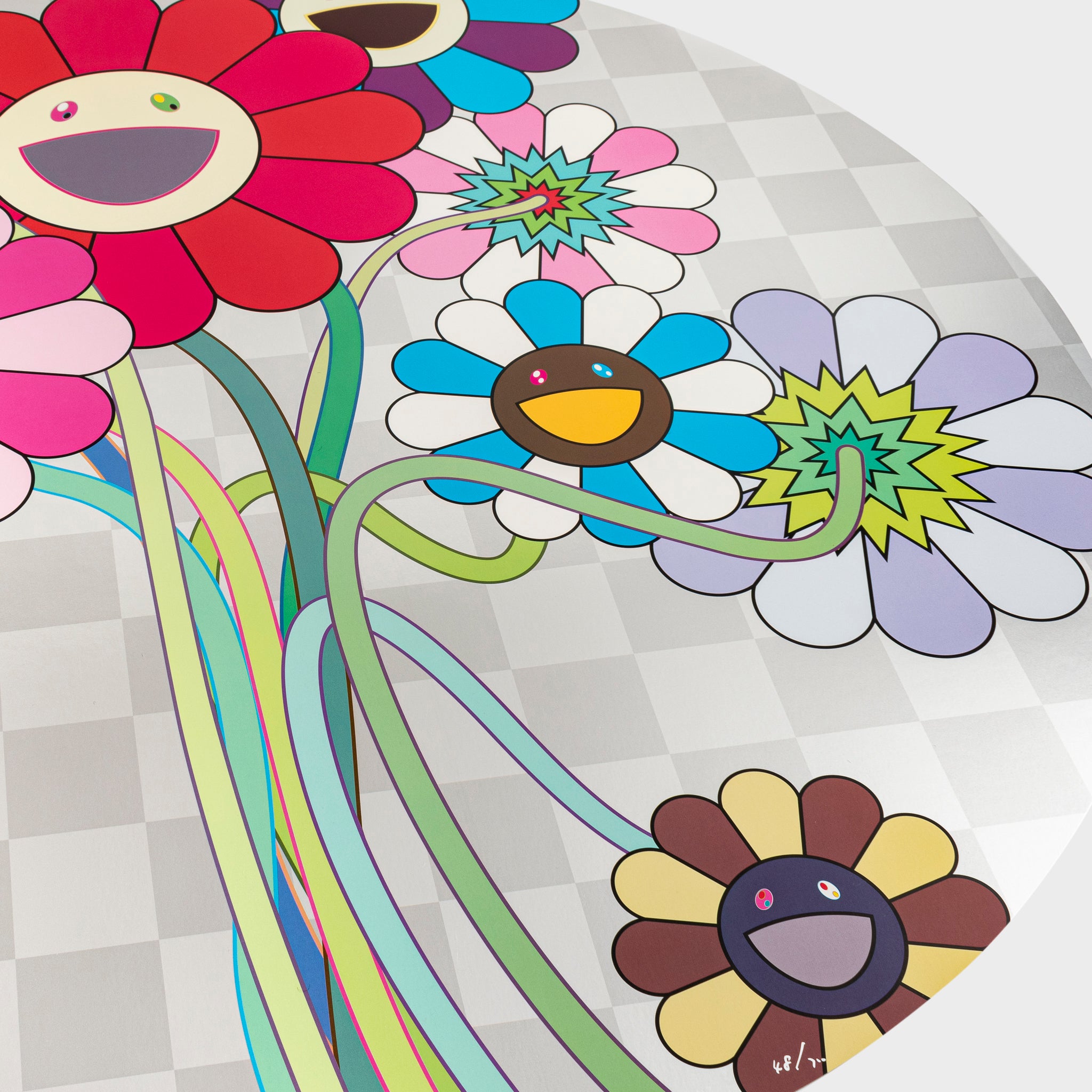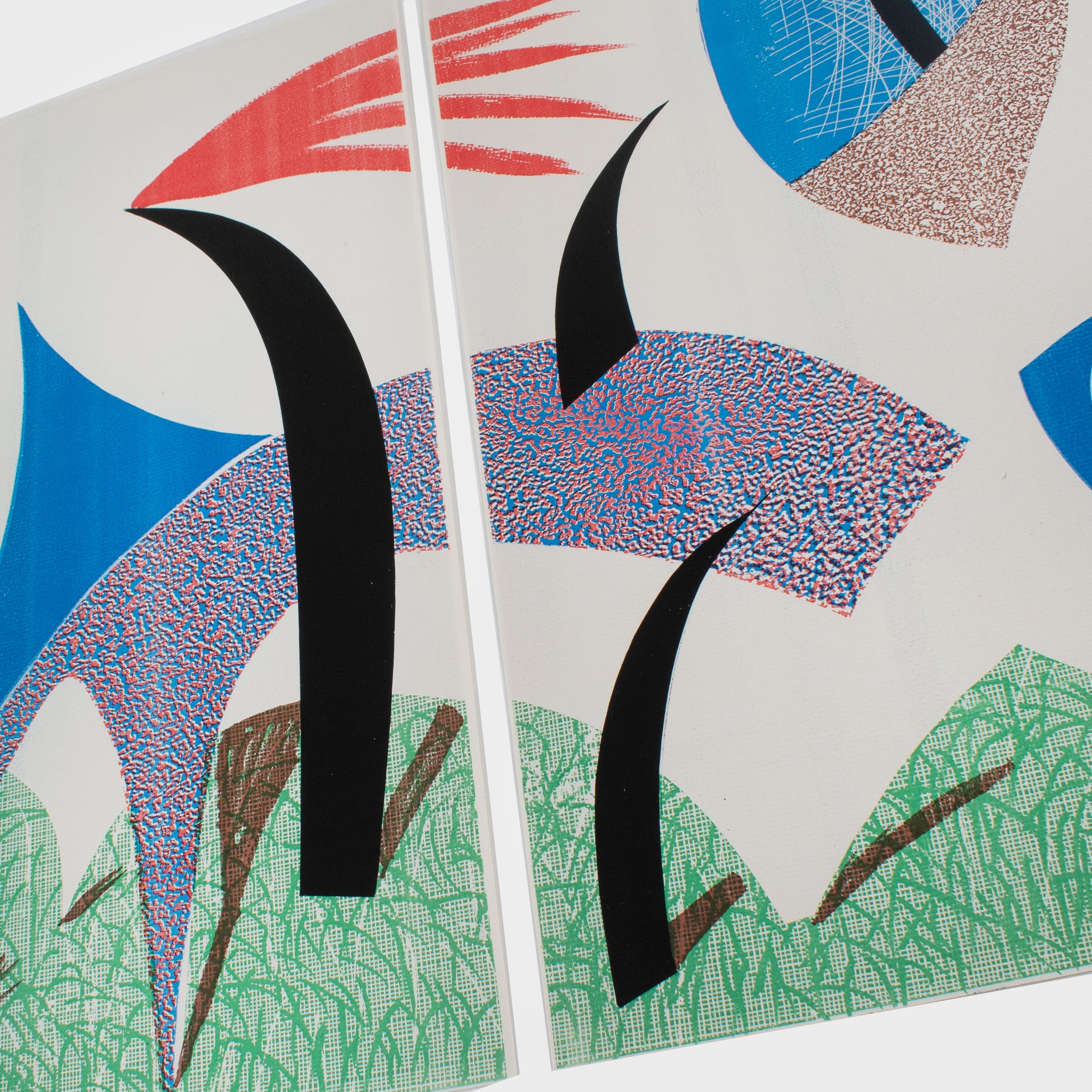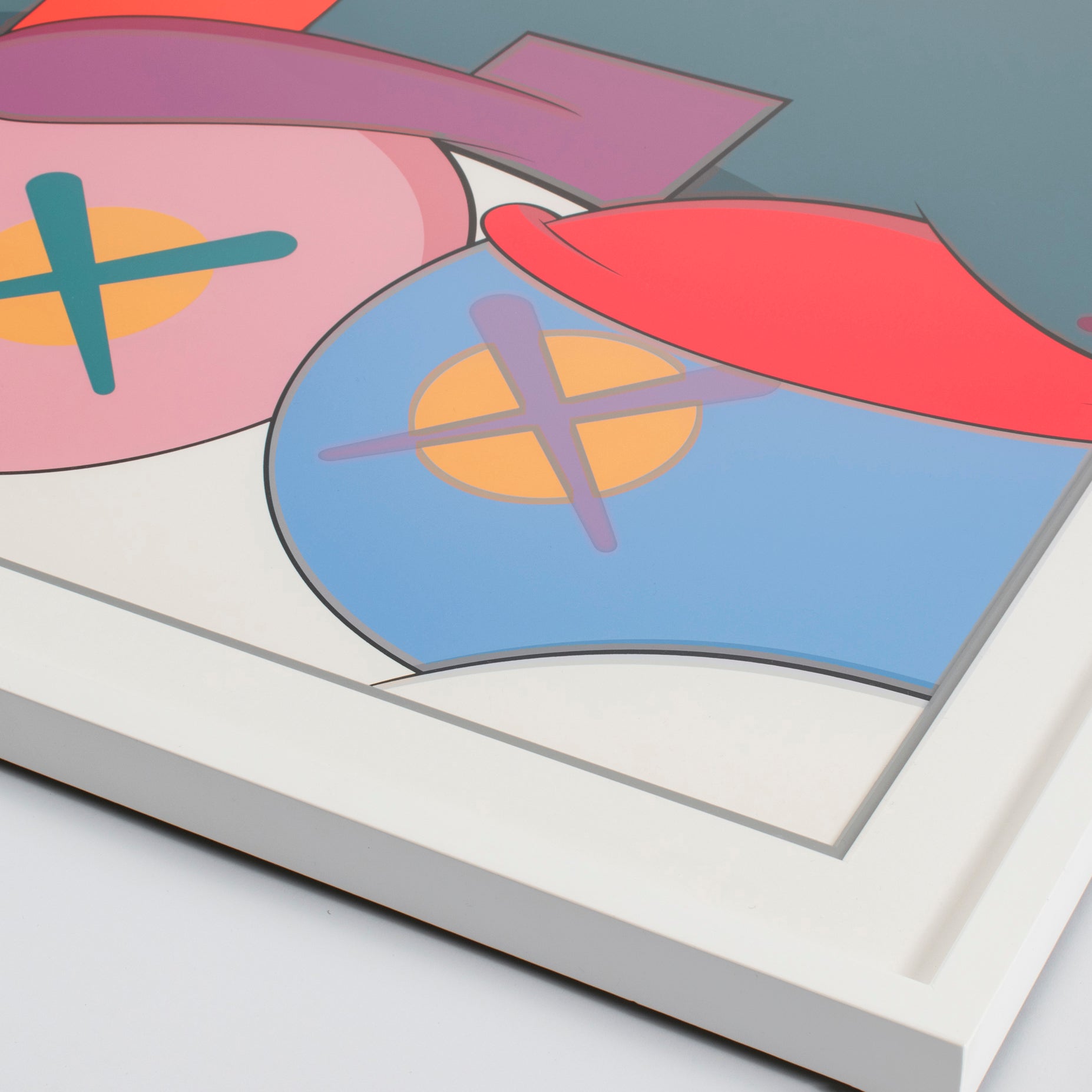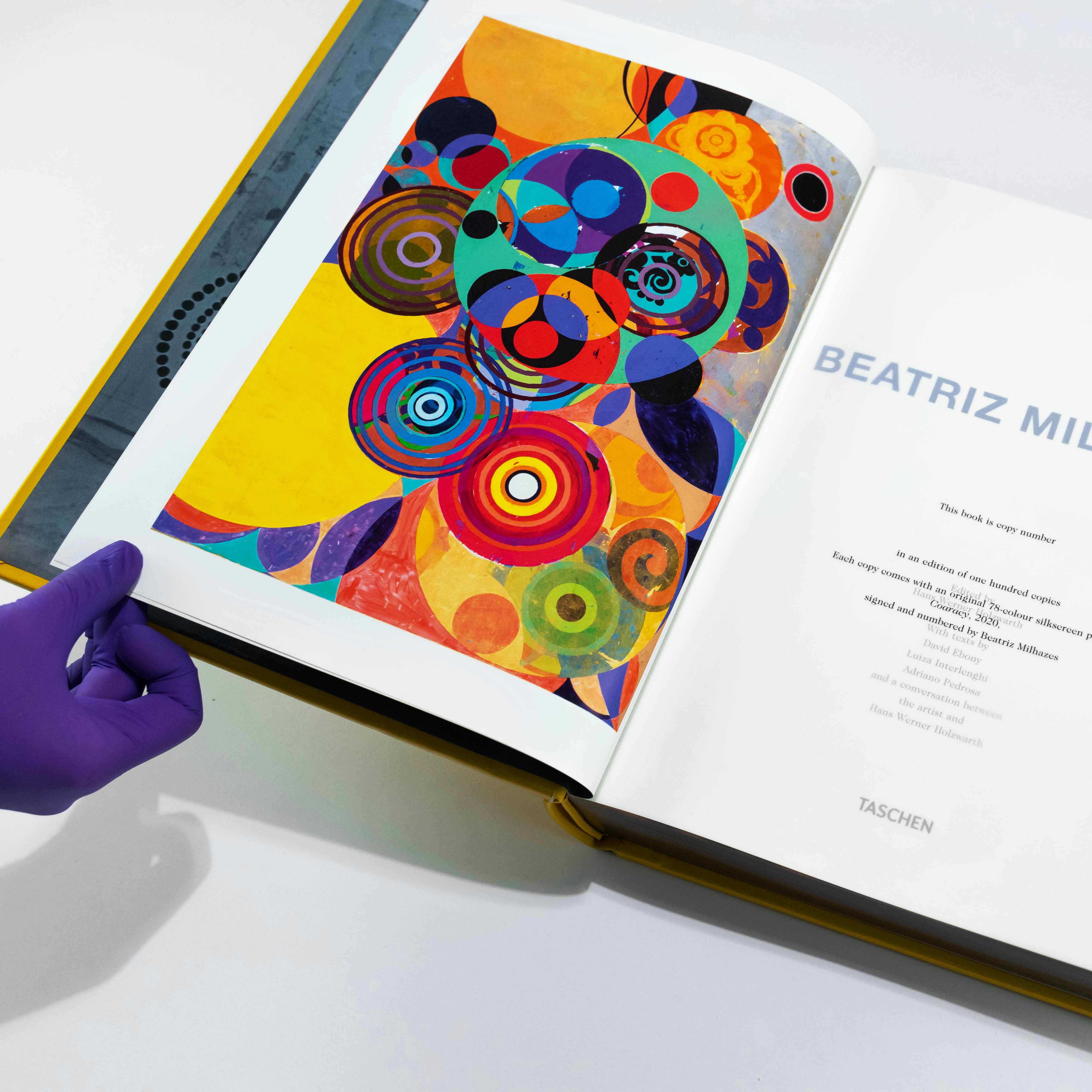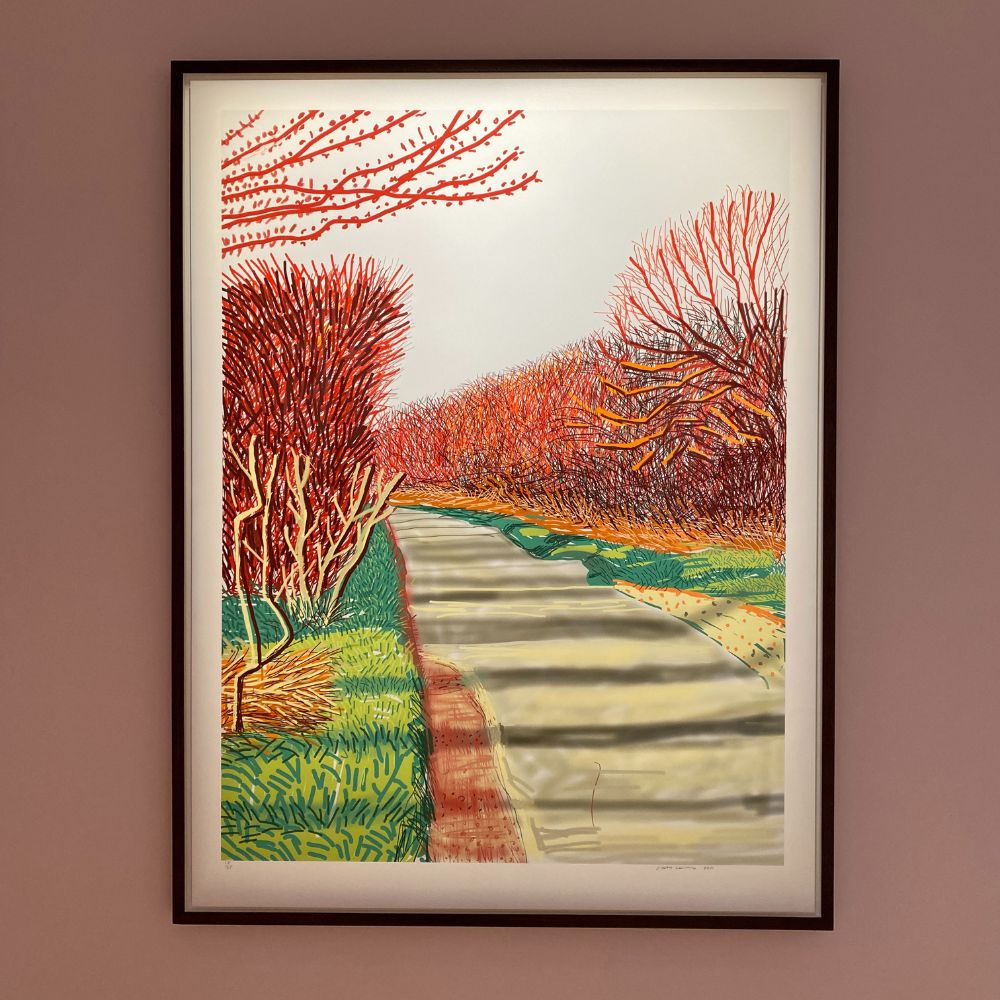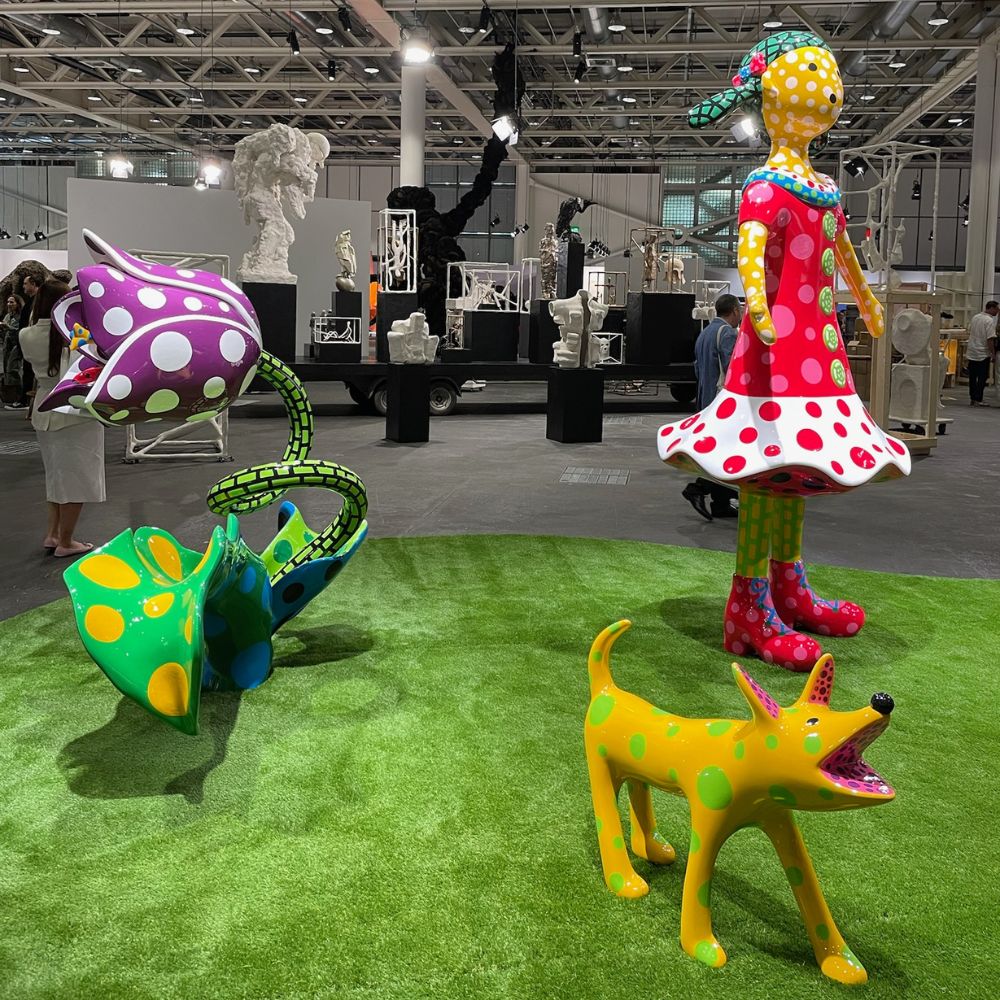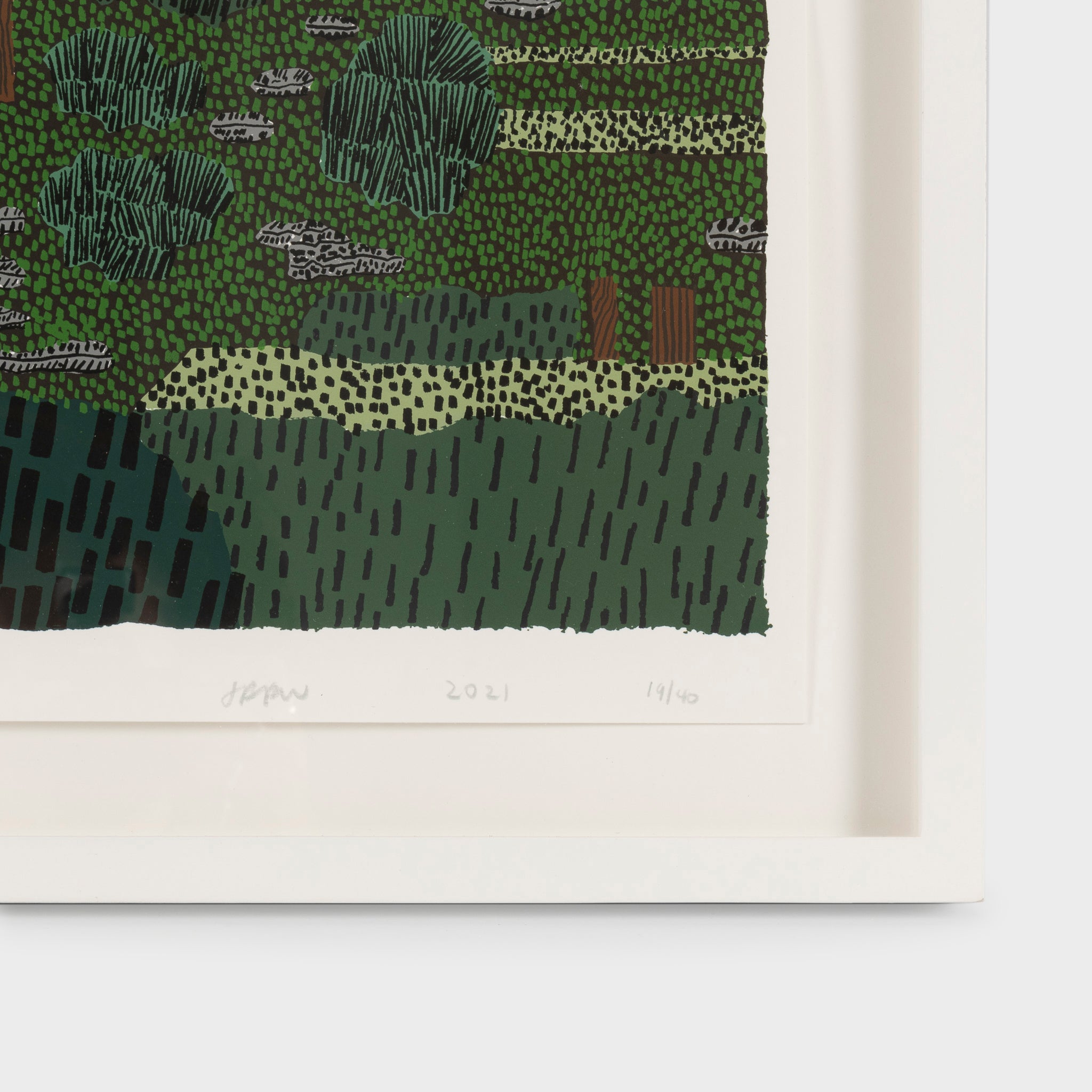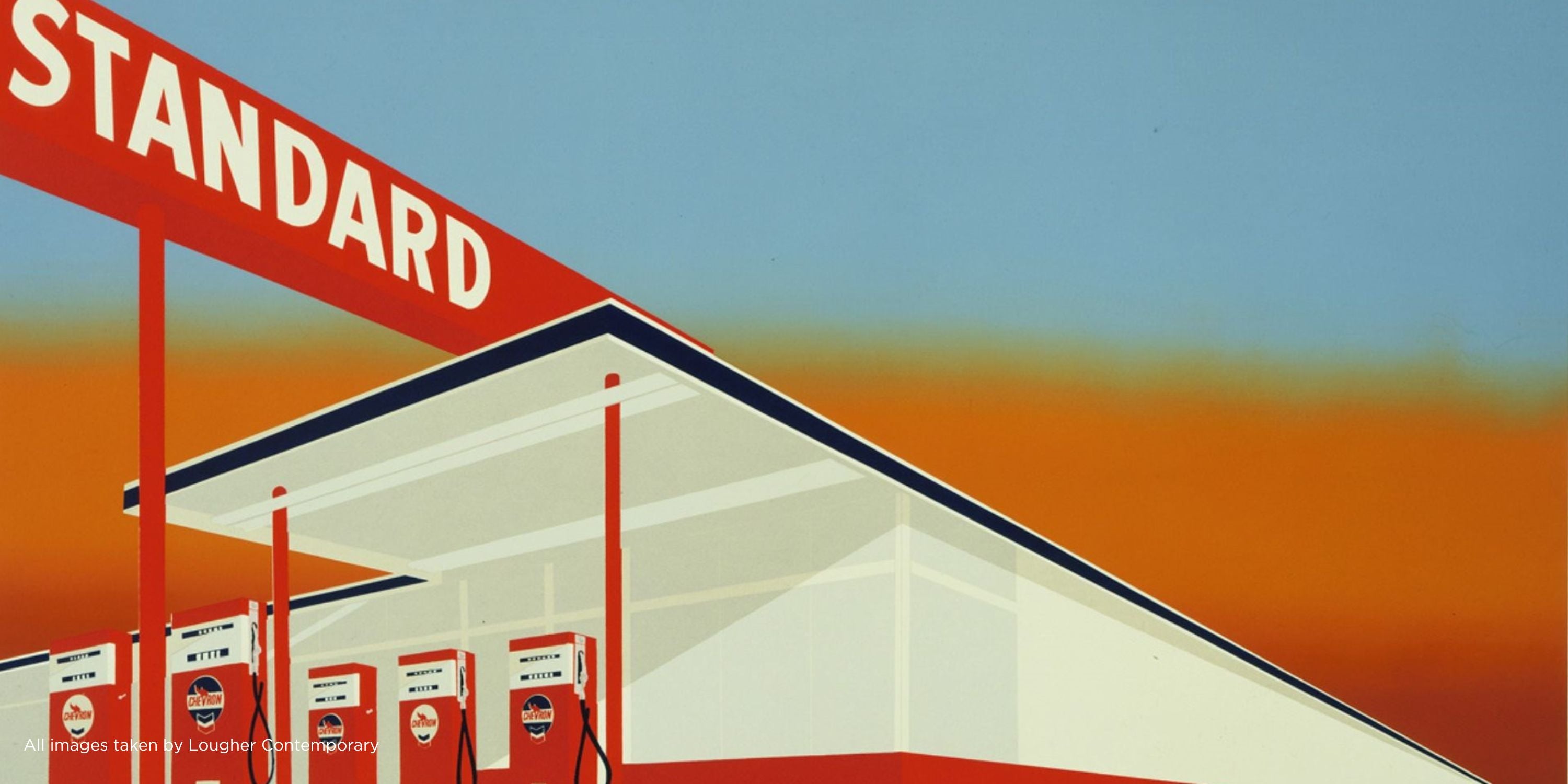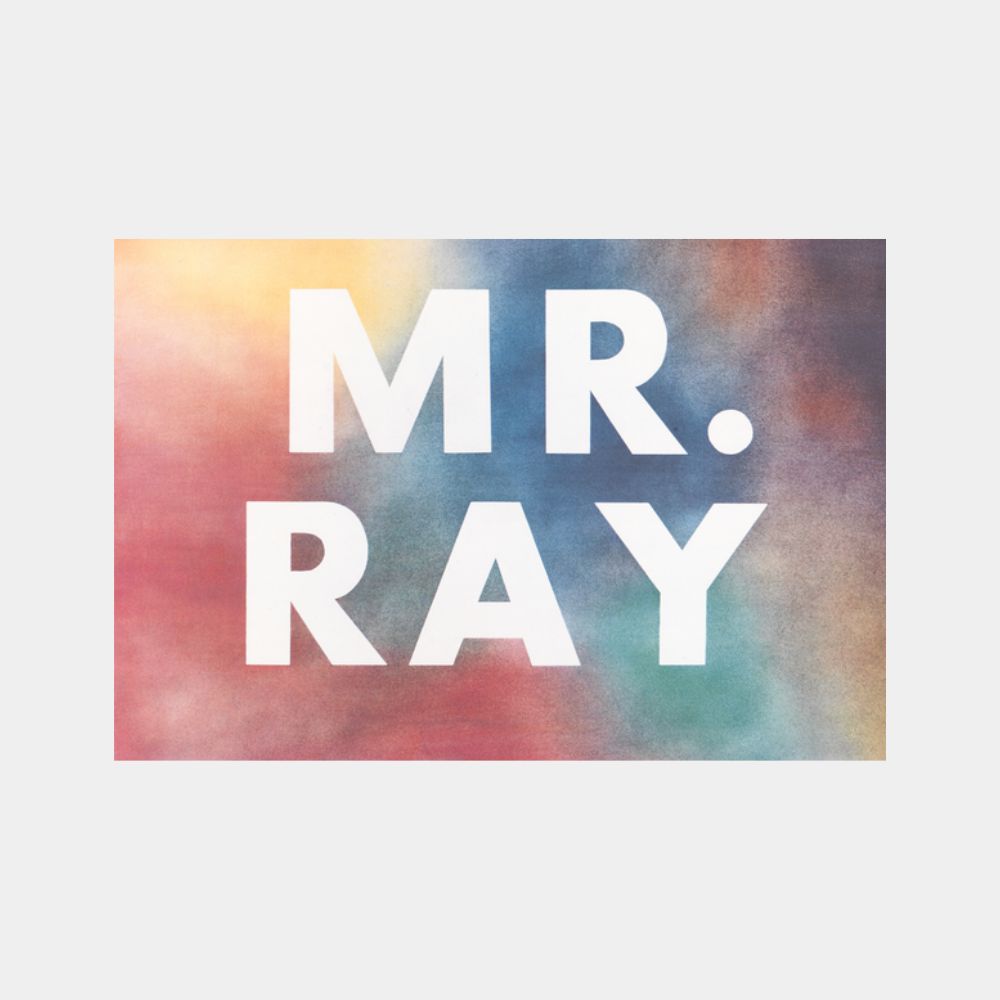For over six decades, Ed Ruscha has captivated the art world with his distinctive vision, seamlessly blending elements of Pop Art, Conceptual Art, and Minimalism. His unique approach to painting, printmaking, and photography, often centred on the power of language and the everyday landscape, has solidified his position as a pre-eminent contemporary artist. For discerning art collectors and those with a keen interest in art, understanding Ruscha's journey and artistic contributions offers a compelling insight into modern artistic practice.
A Journey Rooted in Graphic Exploration
Born in Omaha, Nebraska, in 1937, Ed Ruscha's artistic path began with a formative period at the Chouinard Art Institute (now the California Institute of the Arts). Initially drawn to commercial art, his early experience designing posters in an advertising agency proved profoundly influential. This early training in typography instilled a lifelong fascination with the visual, compositional, and even sonic qualities of language.
Ruscha rose to prominence in the late 1950s, creating small collages that masterfully combined found imagery, text, and elements of popular culture. His early paintings frequently featured monosyllabic words, chosen for their vocal power and evocative nature, such as "OOF" or "SMASH." This exploration of words as more than mere referential symbols became a cornerstone of his prolific career.
Art Style and Enduring Inspiration: A Californian Love Affair
Ruscha's art is often characterised by its playful, humorous, and frequently ambiguous tone. He masterfully incorporates pithy puns, deadpan slogans, and familiar catchphrases into his compositions. A significant wellspring of inspiration for Ruscha has been his adopted home of Los Angeles and the vibrant Californian landscape. This deep connection is evident in some of his most celebrated works, including iconic depictions of the Hollywood sign, petrol stations, buildings along Sunset Boulevard, road signs, swimming pools, and parking lots.
His artistic curiosity extends beyond traditional painting mediums, with Ruscha famously incorporating unconventional materials such as gunpowder, chocolate, and condiments into his artworks. This experimental approach to material further highlights his innovative spirit and willingness to push artistic boundaries.
Ruscha's keen interest in typography is consistently visible in his bold and precise lettering. He explores the "no-size" quality of words, allowing them to monumentalise through painting, transforming commercial logos or onomatopoeic sounds into the focal point of a composition. This attention to the material and visual presence of language underscores the intrinsic connection between form and meaning in his art.
Notable Exhibitions and Landmark Art Series
Ed Ruscha's career has been punctuated by numerous significant exhibitions and influential art series. His conceptual artist's books have played a pivotal role in his oeuvre. Twentysix Gasoline Stations (1962), a series of photographs taken on drives along Route 66, marked a defining moment in his early career. Subsequent books, such as Every Building on Sunset Strip (1966), continued his distinctive use of serial documentary imagery, cementing his influence on Conceptual Art.
The Standard Station series, originating from his photographic books, became a celebrated motif, transforming everyday roadside architecture into an iconic image and a commentary on American consumerism. His later works, including the The End series, which evokes fading film credits, demonstrate his continued engagement with the language of cinema and the transient nature of perception.
Ruscha's global recognition was further amplified when he represented the United States at the 51st Venice Biennale in 2005 with Course of Empire, an installation of ten paintings that reflect on modernist visions of progress. His artworks have been exhibited in prestigious institutions worldwide, including The Museum of Modern Art in New York, the National Gallery of Art in Washington, D.C., the Tate Gallery in London, and the Los Angeles County Museum of Art, solidifying his international standing as a significant contemporary artist.

Remarkable Auction Results and Collectability
The market for Ed Ruscha's artworks reflects his monumental influence and enduring appeal. His pieces consistently achieve impressive results at auction, underscoring their desirability among art collectors. A significant milestone occurred in 2022 when Standard Station, Ten-Cent Western Being Torn In Half (1964) sold for an astonishing $68.3 million at Christie's New York, setting a new auction record for the artist. This powerful painting, described as "an icon of the post-war era, of the west, of American art," highlights the market's appreciation for his seminal works.

This record-breaking sale surpassed his previous record of $32.5 million for Hurting the Word Radio #2 (1964) in 2019, further cementing his position as one of the most highly sought-after living artists. Such results demonstrate the robust demand for his artworks and the confidence art collectors place in his legacy.
Why Ed Ruscha's Work is So Collectable
Several factors contribute to the exceptional collectability of Ed Ruscha's art. Firstly, his unique synthesis of Pop Art's engagement with popular culture and Conceptual Art's intellectual rigour creates a distinct and instantly recognisable aesthetic. His ability to transform mundane elements of everyday life into profound artistic statements resonates deeply with art collectors looking for innovative and thought-provoking pieces.
Secondly, Ruscha's consistent exploration of language as both form and meaning offers an endlessly fascinating subject matter. His clever use of puns, evocative phrases, and the visual impact of words ensures his artworks remain fresh and engaging, inviting ongoing interpretation and appreciation.
Furthermore, his prolific output across various mediums, including paintings, prints, drawings, and artist's books, provides a diverse range of opportunities for collectors to engage with his work. Each medium offers a different facet of his artistic genius, contributing to the richness and depth of his oeuvre.
Finally, Ruscha's enduring presence and consistent quality throughout his six-decade career provide collectors with confidence in the long-term value and significance of his artworks. His status as a living legend within the contemporary art scene, coupled with his consistent exhibition history in prestigious galleries and museums worldwide, solidifies the investment potential of his compelling and iconic creations. For those seeking to build a meaningful art collection, Ed Ruscha's work undoubtedly offers a rewarding and enriching addition.

